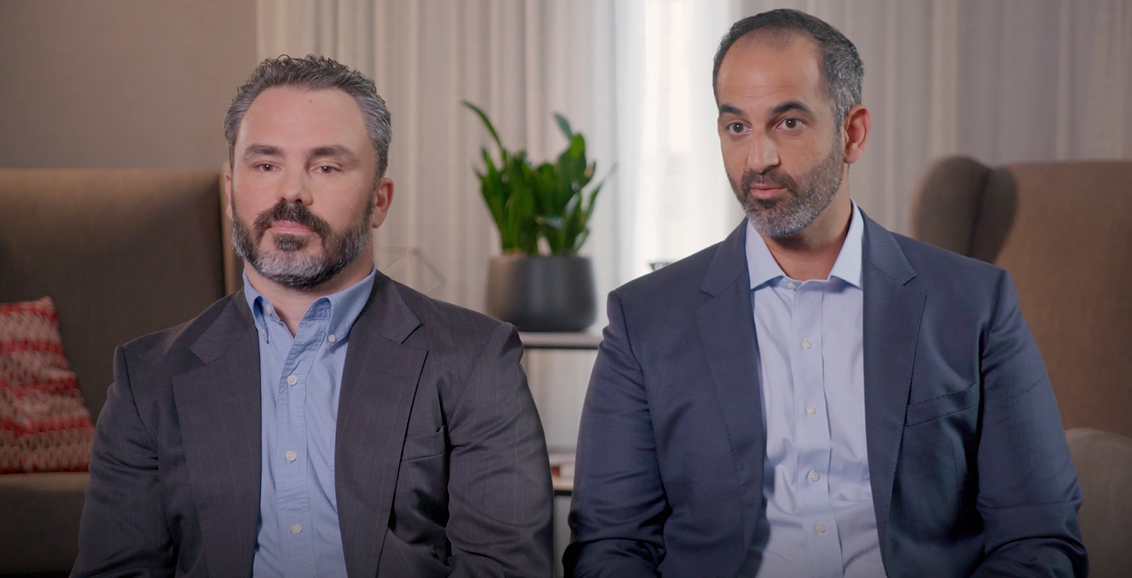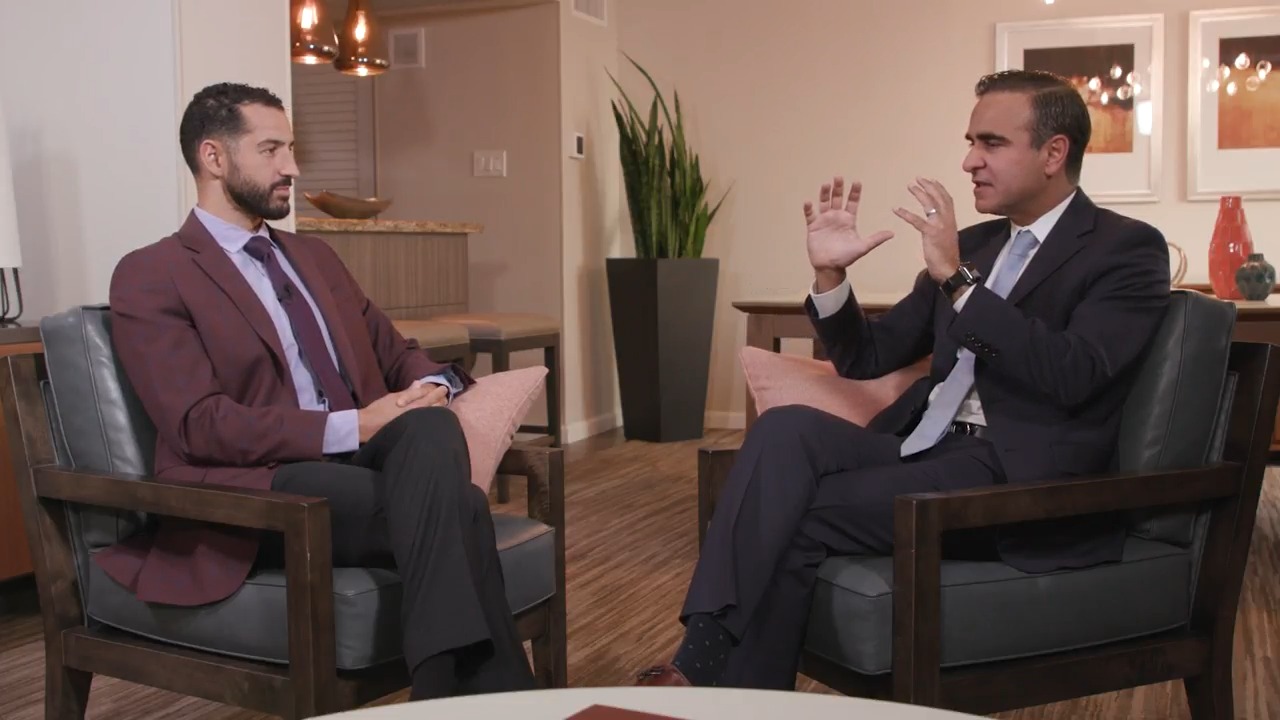Recognizing the Signs and Symptoms of Male Hypogonadism, or Low T
Health & Patients
The production of testosterone is not only essential to the normal development of the male body, but it is also critical in helping restore sexual function and well-being. Those suffering from male hypogonadism or "Low T" do not produce enough testosterone in their body.1
Symptoms and Causes
Low testosterone can result in a variety of symptoms,1 including:
-
- Reduced sex drive
- Erectile dysfunction
- Reduced penile sensation
- Hot flashes
- Low or zero sperm count, which causes male infertility
- Depressed mood
- Difficulties with concentration
- Increased body fat
- Anemia
- Decrease in muscle strength and bone mass
- Decrease in endurance
Some men are born with hypogonadism, while others develop the condition later in life due to an injury or infection. It is estimated that 2% of males in the United States may have low testosterone, and about 12% of men in their 50s and up to 50% of men in their 80s may develop it.2
Don’t Ignore the Symptoms—Talk to an Expert
Unfortunately, many men ignore their symptoms. Only about 5% of men with Low T are being treated.2 As noted by the Men’s Health Network, it is important to take these symptoms seriously:
“Left unchecked for too long, this condition is linked with significant, long-term health problems, such as loss of muscle mass and even osteoporosis. Fortunately, though, testosterone deficiency is usually very treatable.”
The good news: There are treatments available.3 If men suffer from any of the symptoms above, it is important to visit a doctor for an exam and blood test that measures testosterone levels. Doctors base a diagnosis of hypogonadism on symptoms and results of blood tests that measure testosterone levels.
For more information on male hypogonadism or Low T, visit these resources:
-
- Men’s Health Network: menshealthnetwork.org/low-testosterone
- Sexual Medicine Society of North America: smsna.org/patients/conditions/low-testosterone
References:
1. Kumar P, Kumar N, Thakur DS, Patidar A. Male hypogonadism: Symptoms and treatment. J Adv Pharm Technol Res. 2010;1(3):297-301. doi:10.4103/0110-5558.72420
2. Seftel AD. Male hypogonadism. Part I: Epidemiology of hypogonadism. Int J Impot Res. 2006;18(2):115-120. doi:10.1038/sj.ijir.3901397
3. Rojas-Zambrano JG, Rojas-Zambrano A, Rojas-Zambrano AF. Impact of Testosterone on Male Health: A Systematic Review. Cureus. 2025;17(4):e82917. Published 2025 Apr 24. doi:10.7759/cureus.82917



